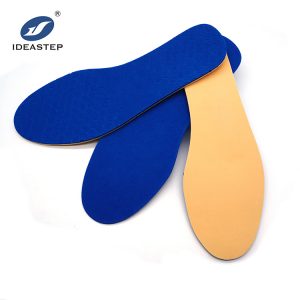
Diabetic insoles, also known as diabetic foot orthotics or diabetic shoe inserts, are specifically designed to provide support and cushioning for individuals with diabetes. They play a crucial role in managing the foot health of diabetics and preventing complications.
Diabetic insoles work by addressing two primary concerns: pressure redistribution and shock absorption. Here’s how they accomplish these goals:
1. Pressure Redistribution
Diabetic insoles are constructed with cushioning materials that distribute the weight and pressure evenly across the foot. They help reduce excessive pressure points on specific areas of the foot, such as the heel and the ball of the foot. By minimizing pressure, these insoles can prevent the formation of ulcers, blisters, and calluses, which are common issues in people with diabetes.
2. Shock Absorption
Walking and other daily activities create pressure and impact forces on the feet. Diabetic insoles often incorporate shock-absorbing materials, such as specialized foams or gel pads, to absorb and dissipate these forces. This feature helps protect the feet from potential trauma and reduces the risk of injury.
Additionally, diabetic insoles may have other features to enhance their effectiveness:
3. Arch Support
Many diabetic insoles provide arch support to maintain proper alignment of the foot, reducing strain on the ligaments and muscles. This support helps alleviate pain and discomfort associated with flat feet or fallen arches.
4. Accommodative Padding
Some diabetic insoles have soft padding or extra cushioning around sensitive areas, such as bony prominences or areas prone to pressure sores. This padding provides additional protection and helps prevent friction and rubbing.
5. Moisture Control and Breathability
Diabetic insoles often incorporate materials that wick away moisture and allow air circulation within the shoe. Keeping the feet dry and well-ventilated is essential in preventing fungal infections and maintaining overall foot hygiene.
It’s important to note that diabetic insoles should be prescribed or recommended by a healthcare professional, such as a podiatrist or orthotist, who can assess the individual’s foot condition and specific needs. The insoles should be properly fitted to ensure they provide the intended benefits and support for diabetic foot care.
Related product links: https://www.aideastep.com/product/diabetic-orthotics-foot-health-insole-with-removal-pegs/
